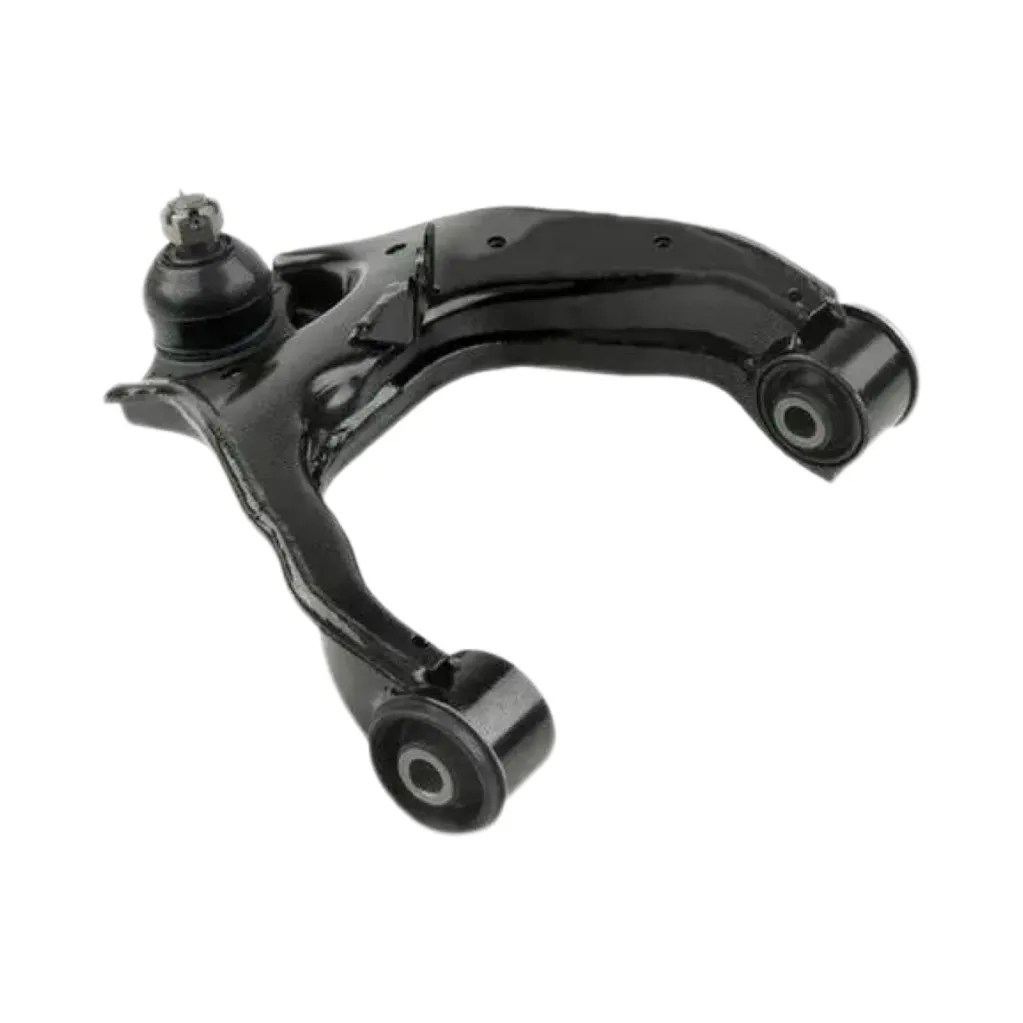
-
 Afrikaans
Afrikaans -
 Albanian
Albanian -
 Amharic
Amharic -
 Arabic
Arabic -
 Armenian
Armenian -
 Azerbaijani
Azerbaijani -
 Basque
Basque -
 Belarusian
Belarusian -
 Bengali
Bengali -
 Bosnian
Bosnian -
 Bulgarian
Bulgarian -
 Catalan
Catalan -
 Cebuano
Cebuano -
 Corsican
Corsican -
 Croatian
Croatian -
 Czech
Czech -
 Danish
Danish -
 Dutch
Dutch -
 English
English -
 Esperanto
Esperanto -
 Estonian
Estonian -
 Finnish
Finnish -
 French
French -
 Frisian
Frisian -
 Galician
Galician -
 Georgian
Georgian -
 German
German -
 Greek
Greek -
 Gujarati
Gujarati -
 Haitian Creole
Haitian Creole -
 hausa
hausa -
 hawaiian
hawaiian -
 Hebrew
Hebrew -
 Hindi
Hindi -
 Miao
Miao -
 Hungarian
Hungarian -
 Icelandic
Icelandic -
 igbo
igbo -
 Indonesian
Indonesian -
 irish
irish -
 Italian
Italian -
 Japanese
Japanese -
 Javanese
Javanese -
 Kannada
Kannada -
 kazakh
kazakh -
 Khmer
Khmer -
 Rwandese
Rwandese -
 Korean
Korean -
 Kurdish
Kurdish -
 Kyrgyz
Kyrgyz -
 Lao
Lao -
 Latin
Latin -
 Latvian
Latvian -
 Lithuanian
Lithuanian -
 Luxembourgish
Luxembourgish -
 Macedonian
Macedonian -
 Malgashi
Malgashi -
 Malay
Malay -
 Malayalam
Malayalam -
 Maltese
Maltese -
 Maori
Maori -
 Marathi
Marathi -
 Mongolian
Mongolian -
 Myanmar
Myanmar -
 Nepali
Nepali -
 Norwegian
Norwegian -
 Norwegian
Norwegian -
 Occitan
Occitan -
 Pashto
Pashto -
 Persian
Persian -
 Polish
Polish -
 Portuguese
Portuguese -
 Punjabi
Punjabi -
 Romanian
Romanian -
 Russian
Russian -
 Samoan
Samoan -
 Scottish Gaelic
Scottish Gaelic -
 Serbian
Serbian -
 Sesotho
Sesotho -
 Shona
Shona -
 Sindhi
Sindhi -
 Sinhala
Sinhala -
 Slovak
Slovak -
 Slovenian
Slovenian -
 Somali
Somali -
 Spanish
Spanish -
 Sundanese
Sundanese -
 Swahili
Swahili -
 Swedish
Swedish -
 Tagalog
Tagalog -
 Tajik
Tajik -
 Tamil
Tamil -
 Tatar
Tatar -
 Telugu
Telugu -
 Thai
Thai -
 Turkish
Turkish -
 Turkmen
Turkmen -
 Ukrainian
Ukrainian -
 Urdu
Urdu -
 Uighur
Uighur -
 Uzbek
Uzbek -
 Vietnamese
Vietnamese -
 Welsh
Welsh -
 Bantu
Bantu -
 Yiddish
Yiddish -
 Yoruba
Yoruba -
 Zulu
Zulu
Exploring the Function and Design of Transverse Control Arms in Automotive Engineering
Understanding the Transverse Control Arm Functionality, Importance, and Maintenance
The transverse control arm, also known simply as a control arm, is a critical suspension component in modern vehicles. It plays a pivotal role in the overall dynamics and stability of a car, directly influencing both its handling characteristics and ride quality. In this article, we will delve into the functionality, importance, and maintenance of transverse control arms, offering insights into their significance in automotive design.
What is a Transverse Control Arm?
In the context of automotive engineering, the control arm serves as a key link between the wheel assembly and the vehicle's chassis. The transverse control arm is designed to handle lateral forces generated during cornering and acceleration. Positioned horizontally, it allows for vertical wheel movement while ensuring the wheel maintains appropriate contact with the road surface. This design enables the suspension system to absorb shocks from uneven terrain, enhancing ride comfort and vehicle stability.
Functionality of the Transverse Control Arm
The primary function of a transverse control arm is to connect the vehicle's body to the wheel hub, allowing for controlled vertical movement of the wheel. It is crucial in maintaining proper wheel alignment, which directly affects tire wear, performance, and safety. As the suspension system compresses and rebounds, the control arm manages these movements, ensuring that the wheel remains in a stable and predictable orientation relative to the road. This functionality is notably important during turns, where the forces acting on the vehicle can change dramatically.
Importance in Vehicle Dynamics
The transverse control arm contributes significantly to vehicle dynamics for several reasons. First, it impacts the handling characteristics of the vehicle. A well-designed control arm allows for precise steering response and improved handling stability, which is especially important for performance and sports cars. Additionally, the control arm plays a role in providing a smooth ride by absorbing shocks and vibrations from the road.
Moreover, the material and design of the control arm can influence the overall weight of the vehicle. Manufacturers often choose materials like aluminum or high-strength steel, which provide a balance of durability and weight savings. A lighter control arm can improve fuel efficiency without compromising strength, crucial in today’s automotive market that increasingly prioritizes both performance and economy.
transverse control arm

Maintenance and Common Issues
Like all automotive components, transverse control arms require regular maintenance to ensure optimal performance. Common issues that can arise include wear and tear of the bushings, which are rubber or polyurethane components allowing for movement. Over time, these bushings can deteriorate, leading to squeaking noises, vibrations, and a loose feeling in the steering.
Another problem can occur if the control arm itself becomes bent or damaged due to impact or excessive force. This can result in alignment issues, uneven tire wear, and, in severe cases, affect the vehicle's ability to handle properly. Regular inspections can help detect these problems early, allowing for timely repairs or replacements.
Signs of Failure
It is essential for vehicle owners to be aware of the signs of a failing transverse control arm. Symptoms may include - Unusual sounds, such as clunking or knocking, during turns. - Vibration in the steering wheel or vehicle frame at higher speeds. - Uneven tire wear patterns. - A noticeable decrease in handling stability or overall ride quality.
If any of these symptoms are present, it is advisable to have the vehicle inspected by a qualified mechanic. Addressing issues promptly can save money on repairs and ensure the safety of the vehicle's occupants.
Conclusion
In summary, the transverse control arm is an integral component of a car's suspension system, essential for maintaining stability, ensuring comfort, and enhancing handling characteristics. By understanding its functionality and importance, vehicle owners can better appreciate the engineering behind their cars and recognize the signs of potential issues. Regular maintenance and timely repairs will ensure that the transverse control arms continue to function optimally, contributing to a safer and more enjoyable driving experience.







